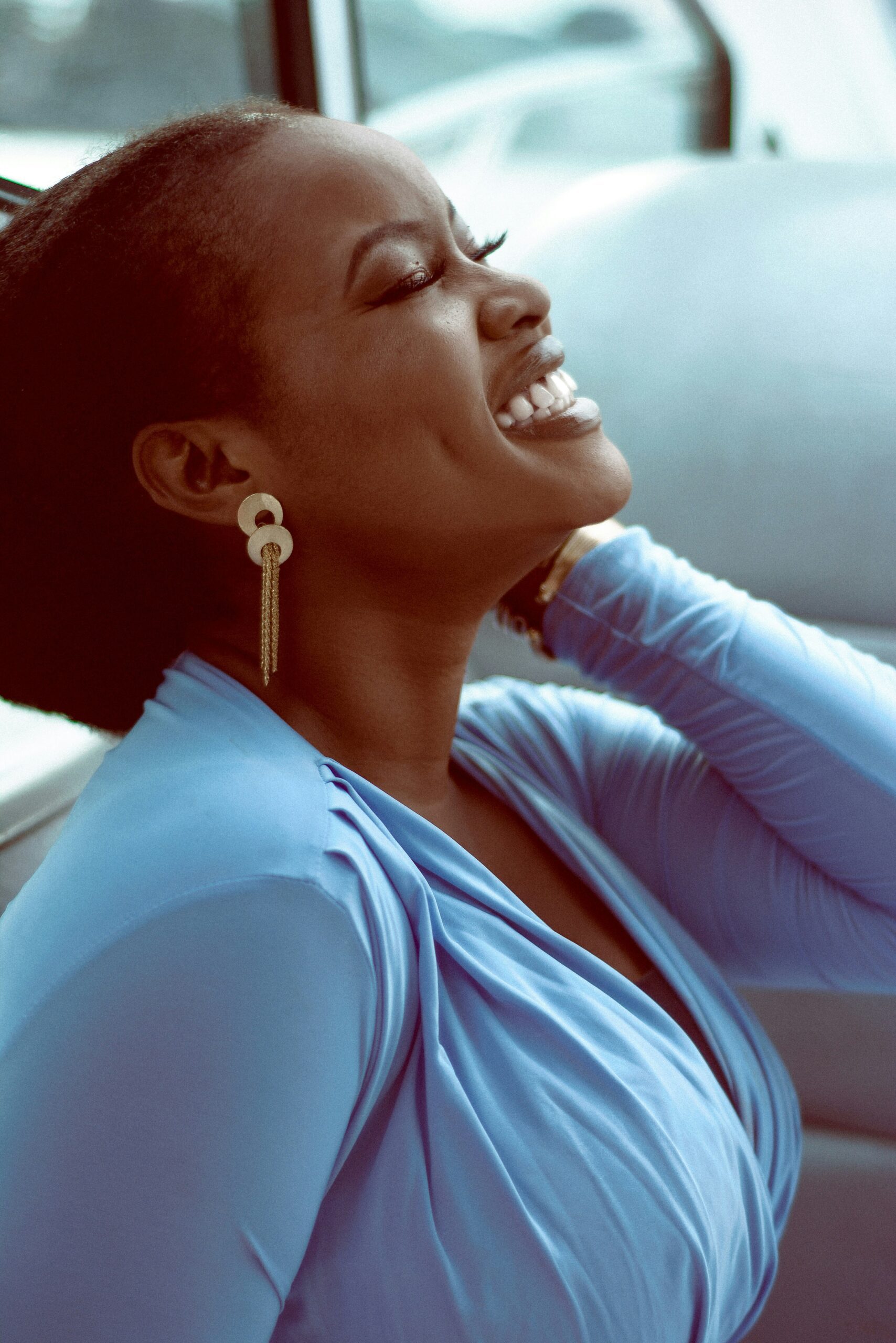

Introduction to Fashion and its Significance
Fashion is more than just clothing; it’s a reflection of society, culture, and the times we live in. From elegant gowns to casual streetwear, each decade has contributed its unique flair to the tapestry of style. Understanding fashion’s evolution offers insights into not only aesthetic preferences but also social movements and technological advancements that have shaped our world.
As we journey through the decades, we’ll discover how trends emerged from historical contexts and cultural shifts. Each era carries its own stories woven into fabrics, colors, and silhouettes. So grab your favorite cup of coffee or tea as we explore how apparel transformed over time—revealing much more than just what was worn on our backs!
1920s: The Roaring Twenties and the Rise of Flapper Culture
The 1920s marked a seismic shift in fashion. The Roaring Twenties burst forth with energy and rebellion. Women began to redefine their roles, shedding the constraints of previous decades.
Flapper culture emerged as a powerful symbol of this transformation. Young women embraced short skirts, bobbed hair, and daring styles that challenged societal norms. It was about freedom—freedom to dance, drink, and express individuality.
Jazz music thrived during this time, setting the stage for lively nightlife where flappers shined in vibrant dresses adorned with fringe and sequins. Accessories like cloche hats and long strands of pearls became must-haves.
This era was not just about clothing; it represented a broader cultural awakening. Flappers were icons of change, embodying modernity while igniting conversations around gender roles and personal expression in ways never seen before.
1950s: The Golden Age of Hollywood and Dior’s
The 1950s marked a dazzling era in fashion, largely influenced by the glitz of Hollywood. Movie stars became style icons, setting trends that women eagerly emulated. Think Marilyn Monroe’s glamorous dresses and Audrey Hepburn’s chic elegance.
Christian Dior emerged as a game changer during this decade with his revolutionary “New Look.” Curvy silhouettes emphasized the female form, featuring nipped waists and full skirts. This design approach celebrated femininity at a time when society was craving stability after World War II.
As movies graced silver screens, they introduced audiences to luxurious fabrics and exquisite tailoring. Fashion magazines proliferated, offering glimpses of runway shows alongside Hollywood glamour.
Street styles began to reflect these influences too—young people adopted newfound freedom through denim jackets and casual wear inspired by their favorite stars. The fusion of cinema and couture defined an unforgettable chapter in fashion history that continues to inspire designers today.
1970s: The Hippie Movement and the Emergence of Boho Style
The 1970s marked a vibrant shift in fashion, intertwined with the Hippie Movement. This decade celebrated individuality and self-expression through clothing.
Bright colors, flowing fabrics, and eclectic patterns dominated wardrobes. Tie-dye became a symbol of freedom. People embraced vintage finds alongside handmade creations.
Bohemian style emerged as a direct reflection of this ethos. Flowy maxi dresses and wide-brimmed hats became staples for both men and women. Layering was key; think vests over peasant blouses paired with bell-bottom jeans.
Accessories played an important role too—beaded jewelry, fringe bags, and headbands adorned many outfits. The look echoed back to nature, promoting peace and love rather than conformity.
Music festivals like Woodstock defined this era’s spirit while influencing trends that still resonate today. The 70s left an indelible mark on fashion history—a time when clothing served as both canvas and statement.
1990s: Grunge, Minimalism, and the Influence of Streetwear
The 1990s marked a radical shift in fashion, driven by cultural movements and music scenes. Grunge took center stage with its raw aesthetic. Bands like Nirvana and Pearl Jam popularized oversized flannels, distressed jeans, and combat boots. This look embodied rebellion against the polished styles of previous decades.
Minimalism emerged simultaneously as a counter-movement. Influenced by designers such as Jil Sander and Calvin Klein, it emphasized simplicity and clean lines. Neutral colors dominated wardrobes, offering an antidote to the chaos of grunge.
Streetwear began to rise during this decade too. Brands like Supreme introduced an urban vibe that was both accessible and aspirational. Graphic tees paired with sneakers became staples for many youth.
Together, these trends reflected broader social changes—shifting attitudes toward individuality and self-expression through clothing choices that felt authentic rather than manufactured.
2010s: Fast Fashion, Sustainable Fashion
The 2010s marked a significant shift in the fashion landscape. Fast fashion brands exploded onto the scene, offering trendy clothing at affordable prices. Consumers loved this accessibility, leading to an insatiable appetite for new styles that changed with every season.
However, as quickly as trends emerged, so did concerns over their impact on the environment and labor practices. The dark side of fast fashion became increasingly apparent: wastefulness and exploitation raised alarms among consumers and activists alike.
In response, sustainable fashion began to gain traction. Brands focused on ethical production methods and eco-friendly materials entered the market. Shoppers started prioritizing quality over quantity, seeking out pieces that aligned with their values.
This decade saw a growing awareness about sustainability within the industry. Fashion shows began featuring upcycled collections while influencers promoted thrift shopping as a chic alternative.
As we moved towards the end of this era, it became clear that people want more than just clothes—they desire purpose behind their purchases. This blend of fast-paced consumption alongside conscientious choices highlights an evolution not only in style but also in mindset toward apparel’s future direction.
